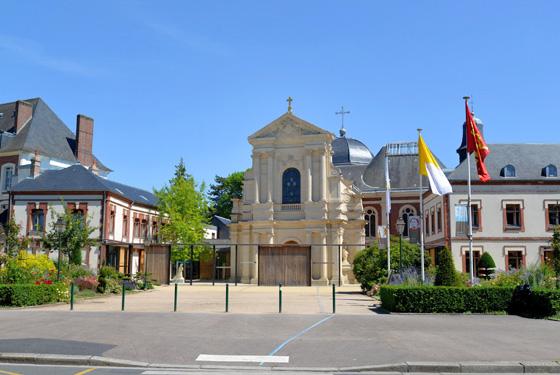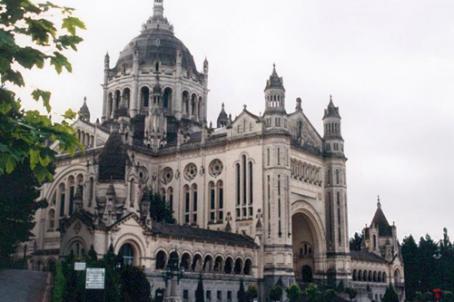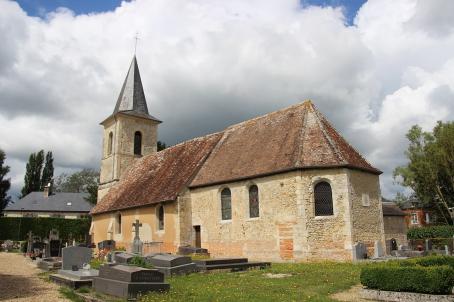Lisieux Carmel Chapel
Chapel built between 1852 and 1877. In 1923, a nave and a chapel were added. It is restored in 2008 to welcome more visitors.
About this building
Chapel with an elongated plan with a flat apse, included in the convent. Several outbuildings flank the chapel.






